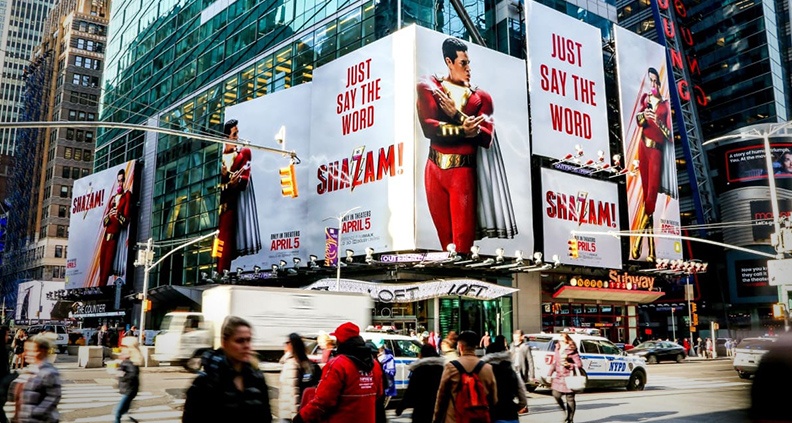I would have loved to have been at the 2019 Storytelling Workshop in Florence, Italy, when Koreans You Jin Kim, Yun Gyung Cheong and Jung Hoon Lee presented their paper “Prediction of a Movie’s Success From Plot Summaries Using Deep Learning Models”.

Their idea is to train an AI to read summaries of movies and then pass judgement:
“The primary hypothesis that we attempted to answer is to predict a movie’s success in terms of popularity and artistic quality by analyzing only the textual plot summary.”
It’s all very complicated and, I’ll admit, is on the edge of being incomprehensible to me.
One thing I did gather — their AI seems better at determining which films will NOT be good:
“It seems that predicting ‘not popular’ or ‘not successful’ movies performs better than that of predicting ‘popular’ or ‘successful’ movies.”
My take: Another of the takeaways for me in this paper was this chestnut: “The frequency of sentiment changes may signal the success of films.” Even though they’re talking about summaries of films, I believe this could mean the greater the number of reversals, the greater the success of the film. Could this be true? Maybe. Maybe not. But maybe. No, maybe not. Definitely — maybe.









